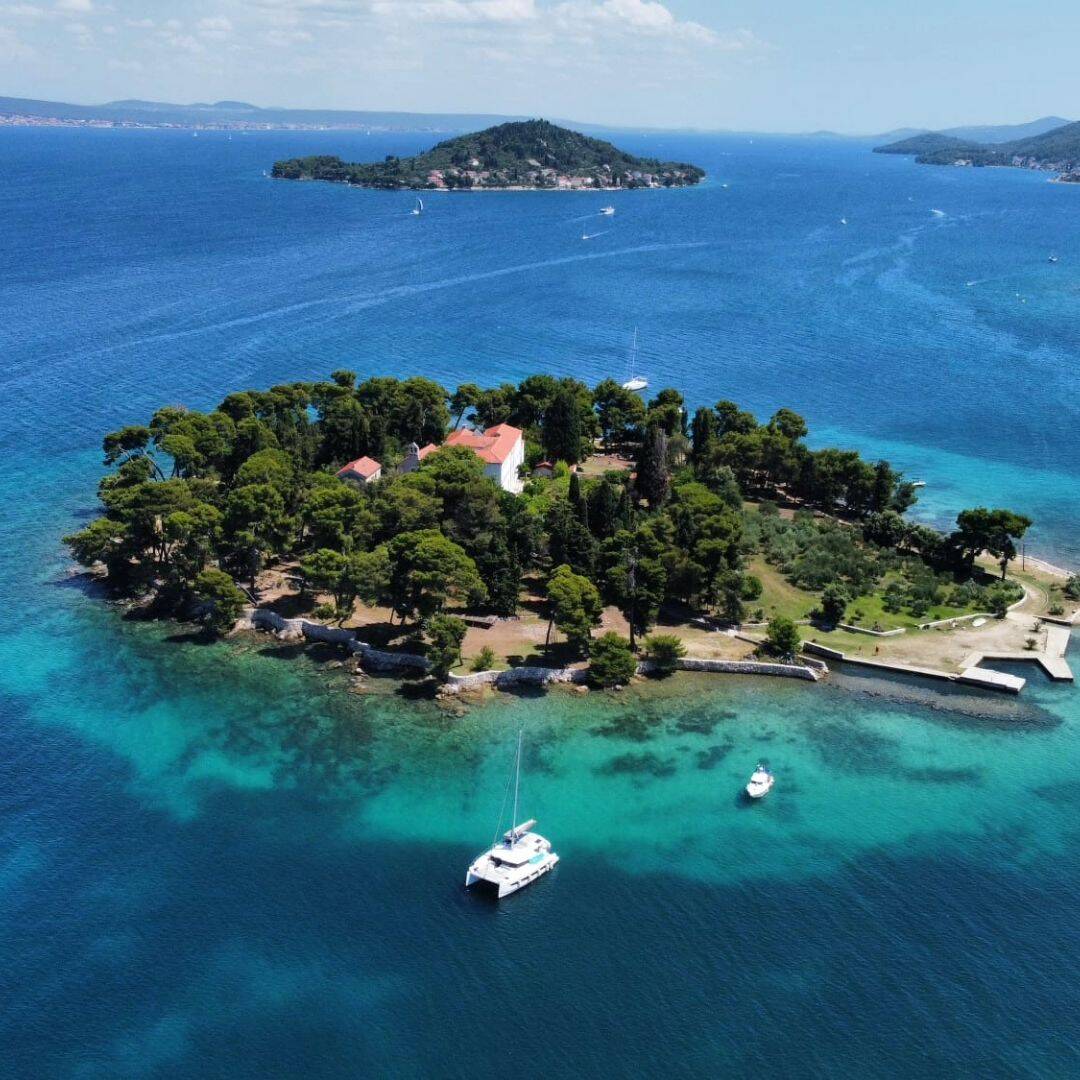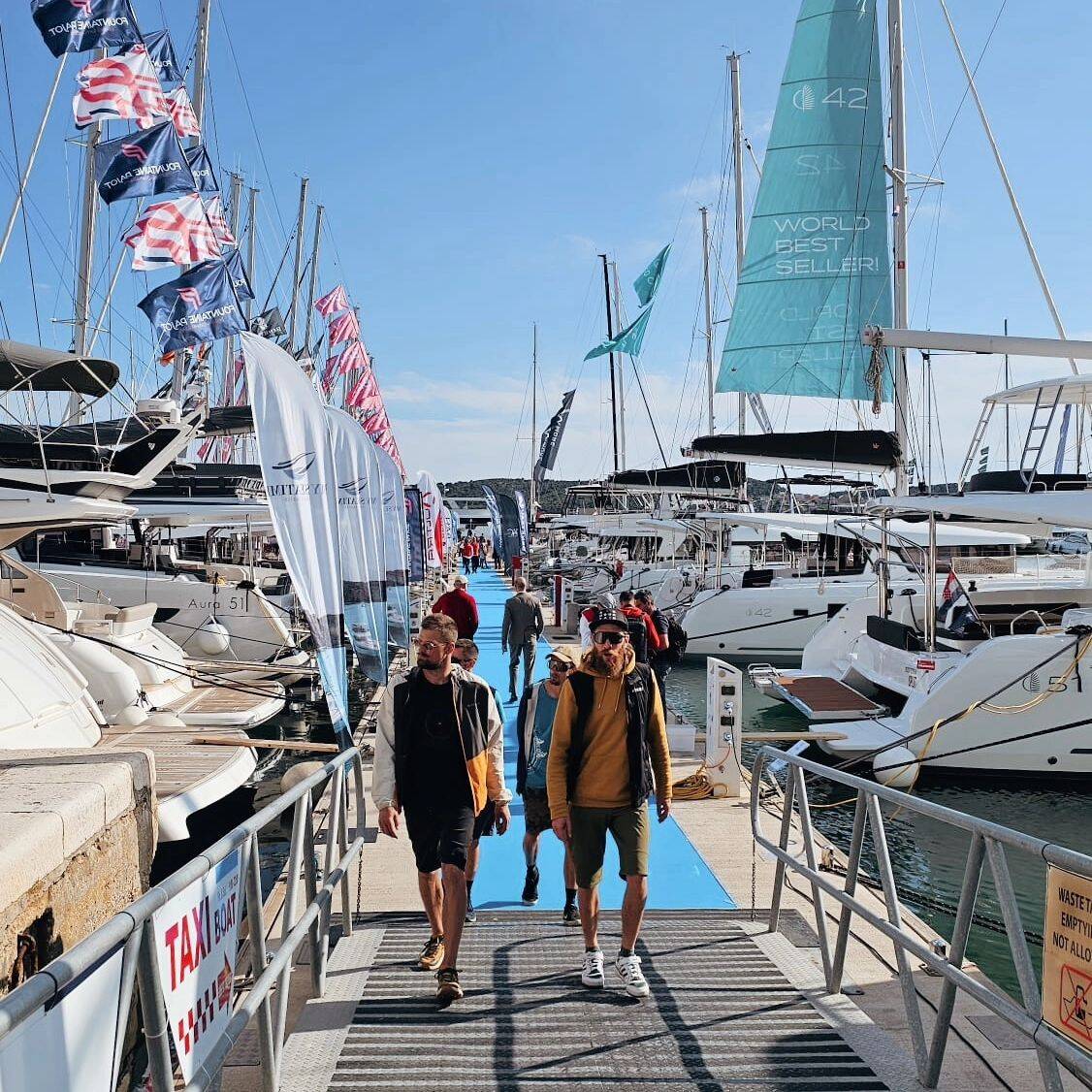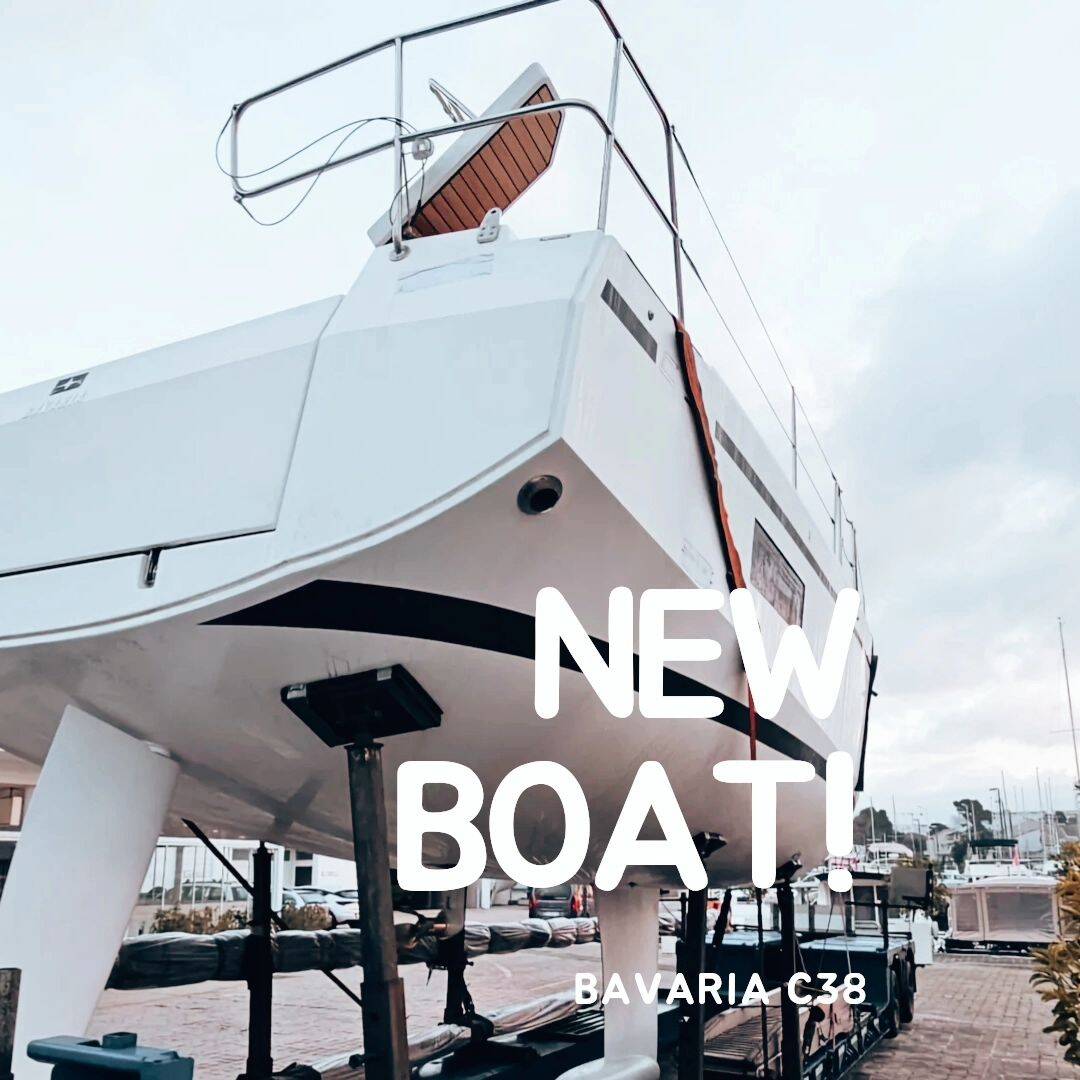Exploring the Adriatic Sea can be an exhilarating experience, especially if you're equipped with the knowledge to understand its winds. Reliable wind knowledge is crucial for sailors, fishermen, and wind sport enthusiasts. The Adriatic Sea, bordered by Italy to the west and Croatia and other Balkan countries to the east, is known for its dynamic and sometimes unpredictable wind patterns. This article will guide you through understanding the various winds that blow across this beautiful region, enhancing your navigation skills and ensuring a safe and enjoyable journey.
Overview of Adriatic wind patterns
Before we delve into specific types of winds, it's essential to understand a general overview of wind behavior in the Adriatic Sea. The region is influenced by both local and larger-scale weather systems, which create a variety of wind conditions throughout the year. Winds here can be strong and sudden, so always staying well-informed is key.
The seasonal wheel of winds
The pattern of winds in the Adriatic shifts with the seasons:
- Winter: Often sees cold northern and northeastern winds.
- Spring: Transitional periods with variable and unpredictable winds.
- Summer: Generally brings more stable, mild breezes.
- Autumn: Known for sudden changes and occasional violent storms.
The Bora (Bura)
The Bora is one of the most infamous winds in the Adriatic, known for its sudden onset and powerful gusts. It originates from the northeast and is especially prevalent during the winter months.
Characteristics
- Speed: Often reaches speeds of 30-40 knots but can exceed 100 knots in extreme conditions.
- Duration: Can last from a few hours to several days.
- Impact: Creates rough seas with high waves and strong currents.
Navigational strategies
- Preparation: Check weather forecasts regularly, and have a robust anchoring plan.
- During the Bora: Reduce sail area significantly. Seek shelter if possible, particularly in natural harbors on the island's leeward sides.

The Sirocco (Jugo)
The Sirocco, also known as the Jugo, is a warm and humid wind blowing from the southeast. It typically occurs during the spring and autumn.
Characteristics
- Speed: Generally between 15 to 25 knots but can reach up to 40 knots.
- Duration: Can last several days.
- Impact: Produces long and consistent swells, leading to unpleasant sailing conditions.
Navigational strategies
- Planning: Take advantage of its predictability by planning ahead.
- Sailing techniques: Adjust sails to handle long swells. Ensure adequate ventilation below deck due to high humidity levels.

The Mistral (Maestral)
The Mistral is a pleasant northwest wind that often provides relief during the hot summer months. It usually blows in the afternoon following clear, sunny mornings.
Characteristics
- Speed: Usually between 10 to 20 knots.
- Duration: Typically blows in the afternoon and dies down by evening.
- Impact: Creates ideal conditions for sailing and other water activities.
Navigational strategies
- Optimizing sailing plans: Schedule sailing during Mistral periods for the best experience.
- Safety tips: Enjoy its stable conditions but always stay aware of changing weather patterns in case of an unexpected shift.

Other winds: Garbin, Tramontana, Levante
While Bora, Sirocco, and Mistral are the dominant winds, several other winds can significantly impact navigation:
The Garbin (Libeccio)
- Direction: Southwest
- Characteristics: Often brings stormy weather with rain.
The Tramontana
- Direction: North
- Characteristics: Cold wind that can bring cooler temperatures quickly.
The Levante
- Direction: East
- Characteristics: Usually gentle but can bring foggy conditions.

Tips and Techniques on How to Read the Adriatic Winds
Understanding the Adriatic winds involves a combination of art and science. While knowledge of local weather patterns and meteorology is crucial, seasoned sailors know that experience and intuition play a significant role. Here are some key techniques to help you read the Adriatic winds effectively:
1. Observing the Sky and Sea
Pay close attention to the sky and sea conditions. The appearance of clouds, sky color, and sea state can provide clues about the wind patterns. For example, a clear, sunny sky might indicate stable wind conditions, while a hazy sky could signal the presence of the Sirocco (Jugo), which often carries warmth and moisture from the Sahara.
2. Understanding Wind Direction
Familiarize yourself with the primary winds of the Adriatic:
- Bora: This powerful wind typically blows from the northeast. It is known for its strength and sudden gusts, which can create rough sea conditions.
- Sirocco (Jugo): Originating from the southeast, this wind often brings warmth and moisture. A hazy, dust-filled sky usually signals the Sirocco.
- Mistral: Blowing from the northwest, the Mistral is known for causing calmer waters and bringing cooler, drier air.

3. Tuning into Sensory Cues
- Smells: Each wind has its own distinctive scent. The Bora often carries a crisp, cold smell, while the Sirocco might bring a faint aroma of dust and desert.
- Sounds: Listen to the sounds around you. Changes in wind speed can affect the noise of the waves and the yacht’s rigging.
- Temperature and Humidity: Pay attention to shifts in temperature and humidity. The Sirocco might make the air feel warmer and more humid, while the Mistral brings cooler, drier conditions.
4. Observing Sea Behavior
The sea’s behavior can indicate the type of wind you're encountering:
- Rough, choppy waves might signal the presence of the Bora or Sirocco.
- Calmer waters could suggest that the Mistral is in effect.
5. Using Modern Technology
If traditional methods are inconclusive, modern technology can be a valuable aid. Utilize wind prediction tools and apps to gain real-time insights into wind patterns. These tools can enhance your understanding of the Adriatic winds and help you navigate more effectively.

By combining observational skills with technological aids, you can master the art of reading Adriatic winds and ensure a smoother, more enjoyable sailing experience.
Strategic Sailing Tips
- Monitor Weather Forecasts: Stay updated with reliable marine weather forecasts to anticipate wind patterns and conditions. This information will help you make informed decisions about when and where to sail.
- Constantly Monitor Your Surroundings: Keep a vigilant watch on the sea and sky. Observing changes in weather conditions and sea behavior can provide early warnings about shifts in wind patterns.
- Adjust Your Plans Accordingly: Flexibility is key to navigating the Adriatic winds. Be prepared to change your course or find shelter based on the current conditions. Prioritize safety and comfort by adjusting your sails and navigating with caution.
- Seek Local Advice: Local sailors and marinas can offer valuable insights into current conditions and safety tips. Their knowledge of local wind patterns and weather conditions can be an invaluable resource.
By understanding these winds and following these strategic tips, you can ensure a safe and enjoyable sailing experience in the Adriatic Sea. Sailors learn to "dance" with the winds rather than resist them, embracing the challenges and beauty of the Adriatic's ever-changing conditions. This dance with the winds is not just a physical skill but a reflection of a cultural attitude—one of respect, adaptability, and continuous learning.










